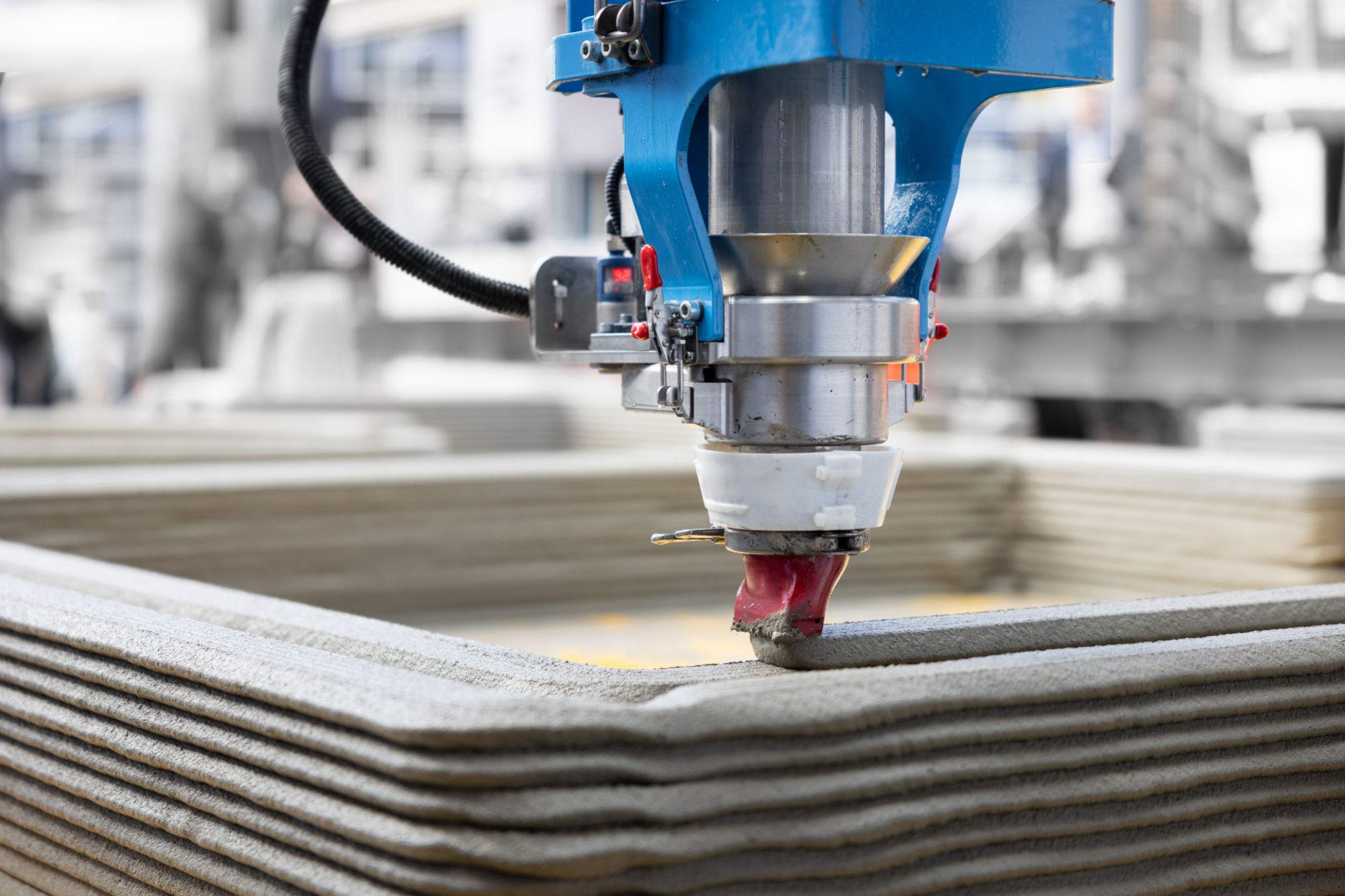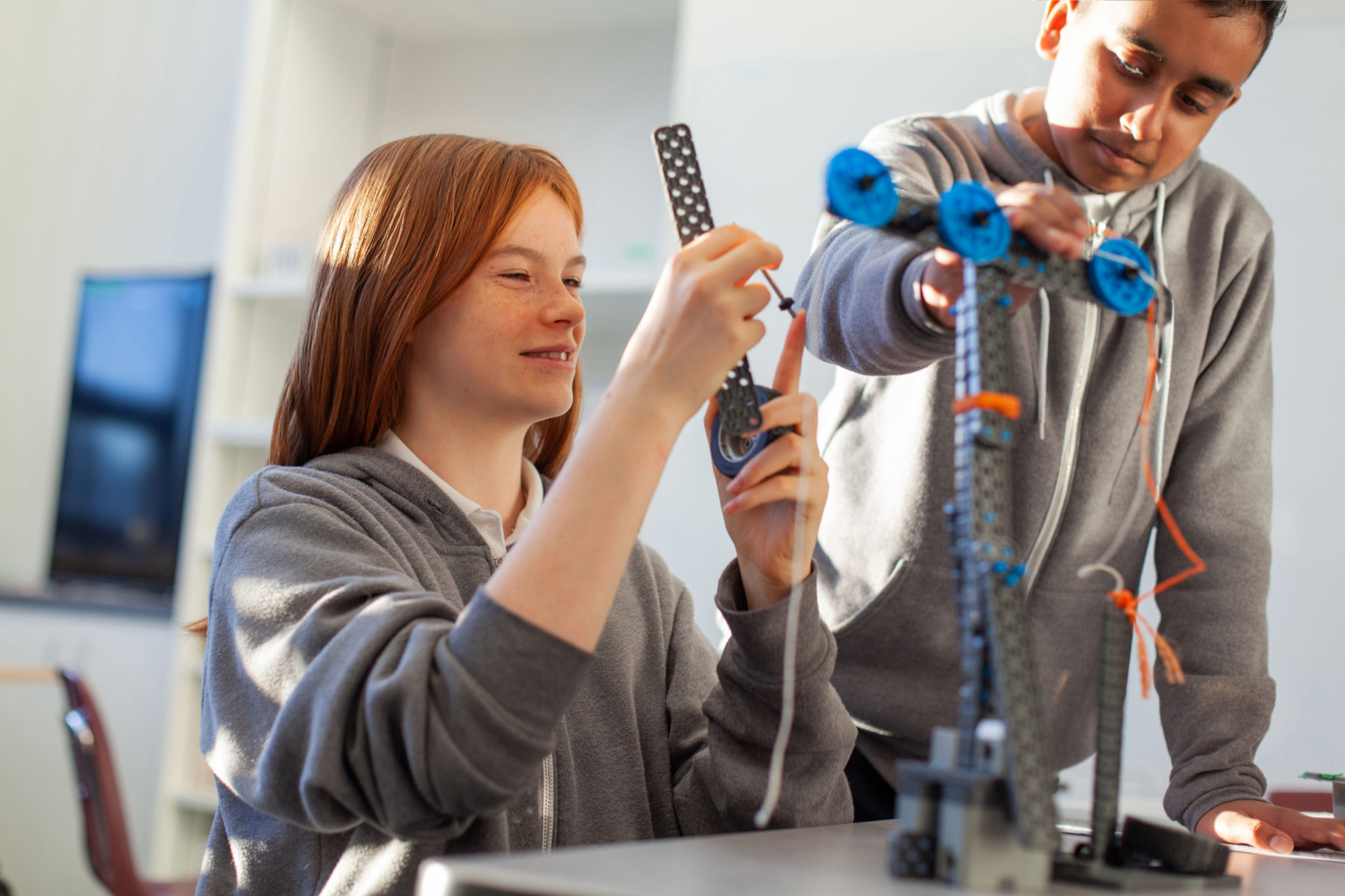How to Integrate 3D Printing into Your School's STEM Curriculum
Understanding the Basics of 3D Printing
3D printing is a transformative technology that creates three-dimensional objects from digital files. Unlike traditional manufacturing methods, 3D printing builds objects layer by layer, offering a high degree of customization and complexity. Integrating 3D printing into your school's STEM curriculum can provide students with hands-on experience in design, engineering, and innovation.

Benefits of 3D Printing in Education
Incorporating 3D printing into your curriculum can enhance student engagement and motivation. This technology allows students to turn abstract concepts into tangible models, fostering a deeper understanding of complex subjects. Moreover, it encourages critical thinking and problem-solving skills, as students learn to troubleshoot and refine their designs.
Using 3D printing also prepares students for future careers in engineering, architecture, and design, fields that increasingly rely on this technology. It provides them with practical skills that are highly valued in the job market.
Getting Started with 3D Printing
Before introducing 3D printing into your curriculum, it's crucial to select the right printer. Consider factors such as ease of use, safety features, and budget. Some schools may start with entry-level models that are designed for educational purposes.
Once you have the equipment, begin by training both teachers and students. Many online resources and courses can help educators become proficient in using 3D printers and software.

Integrating 3D Printing into the Curriculum
Start small by incorporating 3D printing into existing projects. For example, in a biology class, students can print models of molecules or cells. In physics, they might create parts for experiments. Gradually increase the complexity of projects as students become more comfortable with the technology.
Consider developing interdisciplinary projects that combine different STEM fields. For instance, a project could involve designing a bridge that requires knowledge of physics, mathematics, and engineering principles.
Developing 3D Printing Projects
Create a project-based learning environment where students can work in teams to solve real-world problems using 3D printing. Encourage them to brainstorm ideas, design prototypes, and iterate their designs based on feedback.
Offer a variety of projects to cater to diverse interests and skill levels. This approach ensures all students are engaged and challenged appropriately.

Assessing Student Progress
Assessment in a 3D printing curriculum should focus on both the process and the final product. Evaluate students on their ability to plan, design, and collaborate effectively. Provide feedback that helps them improve their problem-solving skills and technical abilities.
Consider using rubrics that assess creativity, technical skills, and teamwork to provide a comprehensive evaluation of student progress.
Overcoming Challenges
Integrating 3D printing into a curriculum can present challenges such as limited resources or technical difficulties. To overcome these, seek funding opportunities or partnerships with local businesses that can provide support or sponsorship.
Additionally, foster a collaborative environment where students and teachers can share knowledge and troubleshoot issues together. This community-driven approach can help alleviate some of the common challenges faced when implementing new technologies.
By strategically integrating 3D printing into your school's STEM curriculum, you not only enhance educational experiences but also prepare students for future innovations. Embrace this technology as a powerful tool for learning and inspiration.
